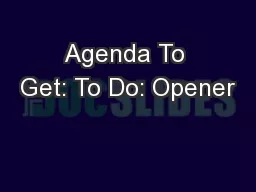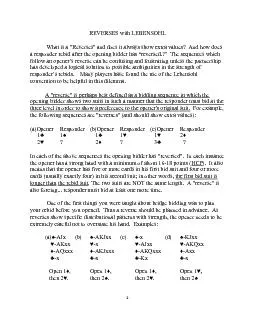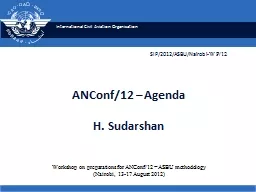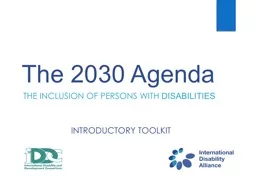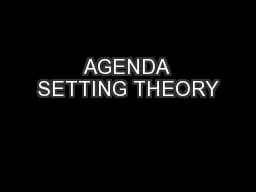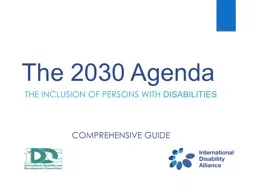PPT-Agenda To Get: To Do: Opener
Author : liane-varnes | Published Date : 2018-11-13
Explain the Visual Cliff Experiment Social Development Ways in which infants children learn to relate to other people Infants play by themselves as they grow
Presentation Embed Code
Download Presentation
Download Presentation The PPT/PDF document "Agenda To Get: To Do: Opener" is the property of its rightful owner. Permission is granted to download and print the materials on this website for personal, non-commercial use only, and to display it on your personal computer provided you do not modify the materials and that you retain all copyright notices contained in the materials. By downloading content from our website, you accept the terms of this agreement.
Agenda To Get: To Do: Opener: Transcript
Download Rules Of Document
"Agenda To Get: To Do: Opener"The content belongs to its owner. You may download and print it for personal use, without modification, and keep all copyright notices. By downloading, you agree to these terms.
Related Documents

